
The return of the late, great Robin Morrison
Once more unto That 70s Show. New Zealand publishers have gone crazy for the 1970s this past year, issuing forth a range of fascinating, anthropological journeys into that recent peak-Boomer past, such as Nick Bollinger's Jumping Sundays (the rise and fall of 70s counterculture in Aotearoa), the Robin White retrospective Something Is Happening Here (all those 70s Kodachrome colours in her beautiful prints), and Jan Kemp's small but beautifully formed memoir Raiment (sort of bearing witness to the first wave of 70s feminism but more so a document of 70s sex). And now a new and really beautifully republished edition of the Robin Morrison classic, The South Island of New Zealand From the Road, our photographic Dark Side of the Moon, a greatest cosmic hit, fixing an image of the South Island in the minds of the North Island.
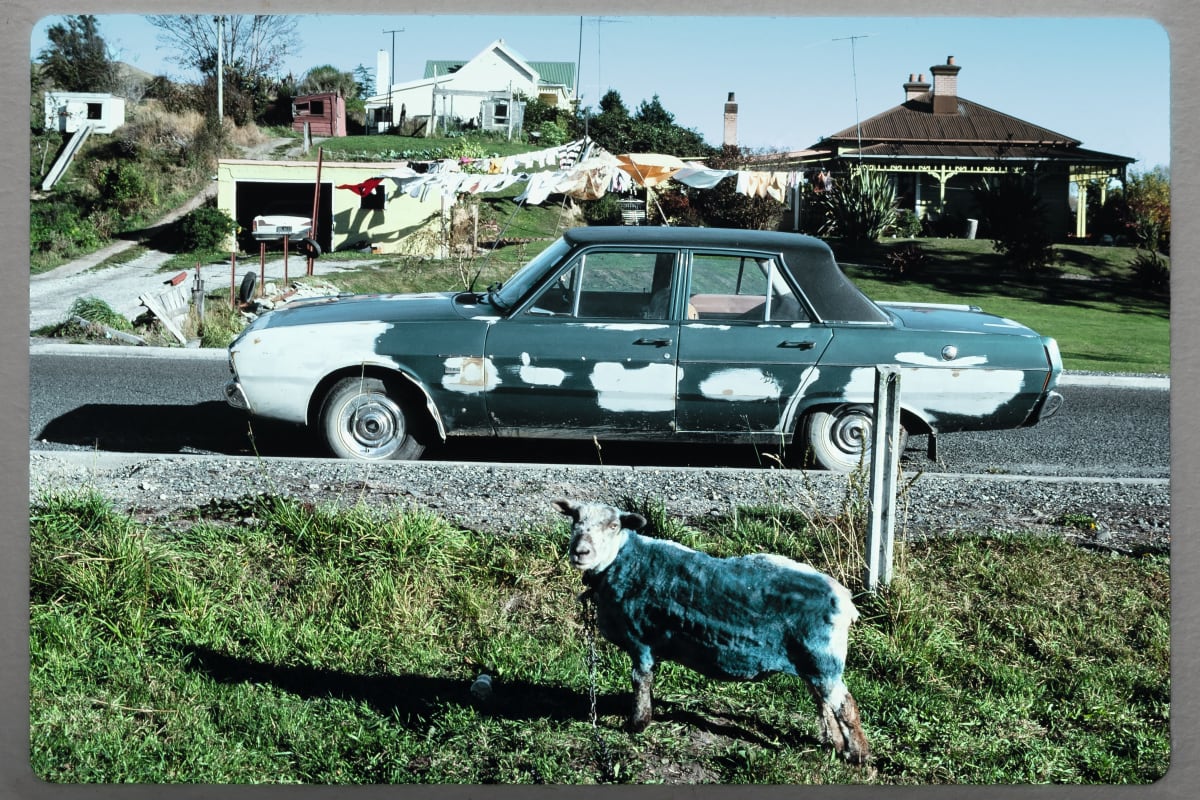
The photos were taken on a six-month roadtrip ("I travelled 18,000 miles with my family", he trainspots in the preface) in 1979. Alister Taylor published the first edition in 1981. God it was a tatty piece of publishing. The binding was as loose as a goose; only John Dix's Stranded in Paradise fell apart as quickly. And yet it felt like it achieved legendary status overnight. Like Robin White's prints of the fish and chip shop in Maketū and Sam Hunt in a singlet outside the Portobello pub, Morrison's photos showed you a New Zealand you always knew existed but no one had captured. The South Island of New Zealand From the Road confirmed your sense of a land of space and sky and the bright light of the Pacific. He dealt in New Zealand characteristics. He turned the South Island into a kind of Kiwiana. It was hardcase. It was just making enough to make ends meet. It was empty, it was sad, it was down the end of lonely street; it was settler territory, and it was very white.

Strange to look at the book again in the 2023 Massey University Press iteration. Massey makes the best illustrated books in New Zealand and has produced another gorgeous piece of publishing. It's a museum piece, clean and elegant, although the placement of captions is weird (sometimes you have to flip a page forward, sometimes you have to flip a page back), and the pages are unnumbered. Hamish Keith writes a pompous introduction ("I can see that, as Pākehā New Zealanders, Robin Morrison and I were on the same journey" etc) but at least it's brief. Louise Callan, at more length, provides a celebratory although not entirely uncritical introduction. She interviews some of the usual suspects – of course Dick Frizzell is a Robin Morrison fan – but architect Pip Cheshire says, "Looking at the book today, there are all sorts of things that are not addressed, like the absence of Māori."
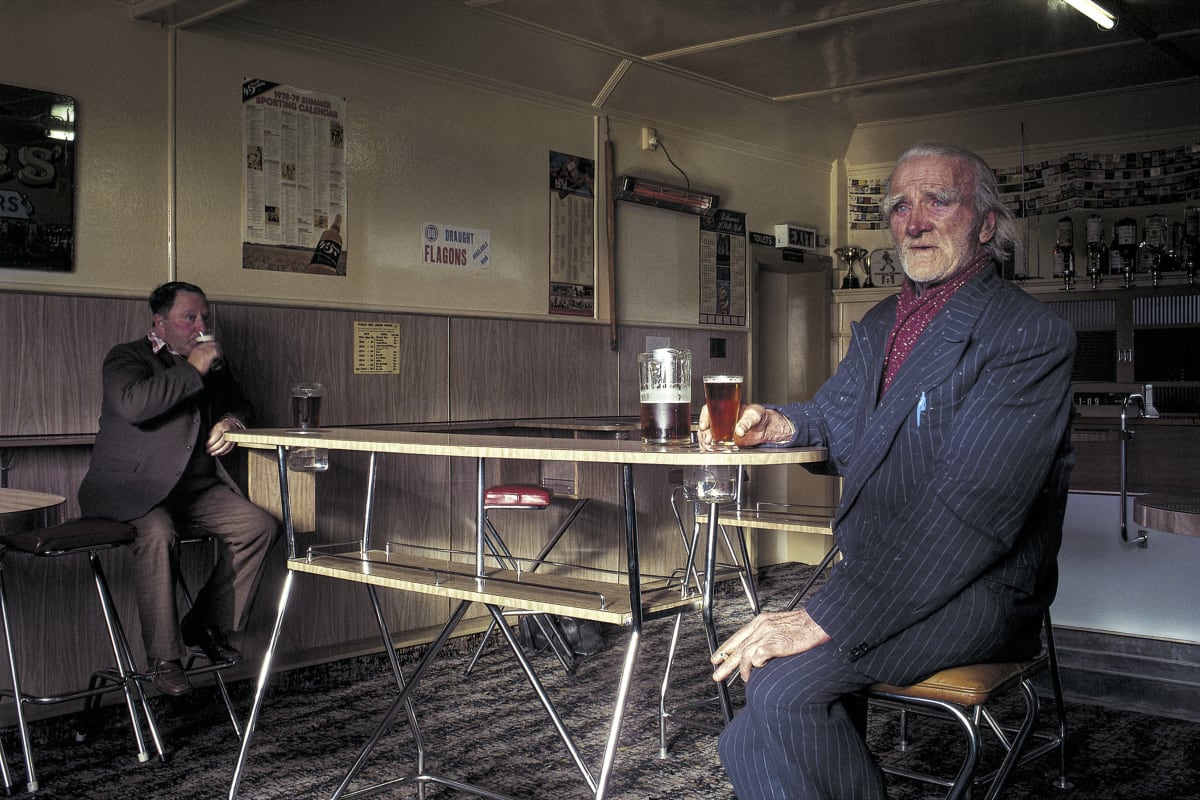
Callan seizes on the fascinating information that after his roadtrip, Morrison gave a seminar in Dunedin - and in attendance were Laurence Aberhart, Peter Peryer, and Robin White. Amazing to think of four master visionaries in one room. I don't see any influence in the work of the singular Peryer, but White tells Callan that Morrison had a significant impact on her work, and you can see something similar going on in Aberhart's more classical, stately images, in particular his iconic photos of cemeteries – both artists were watchers of New Zealand architecture made small by so much space.
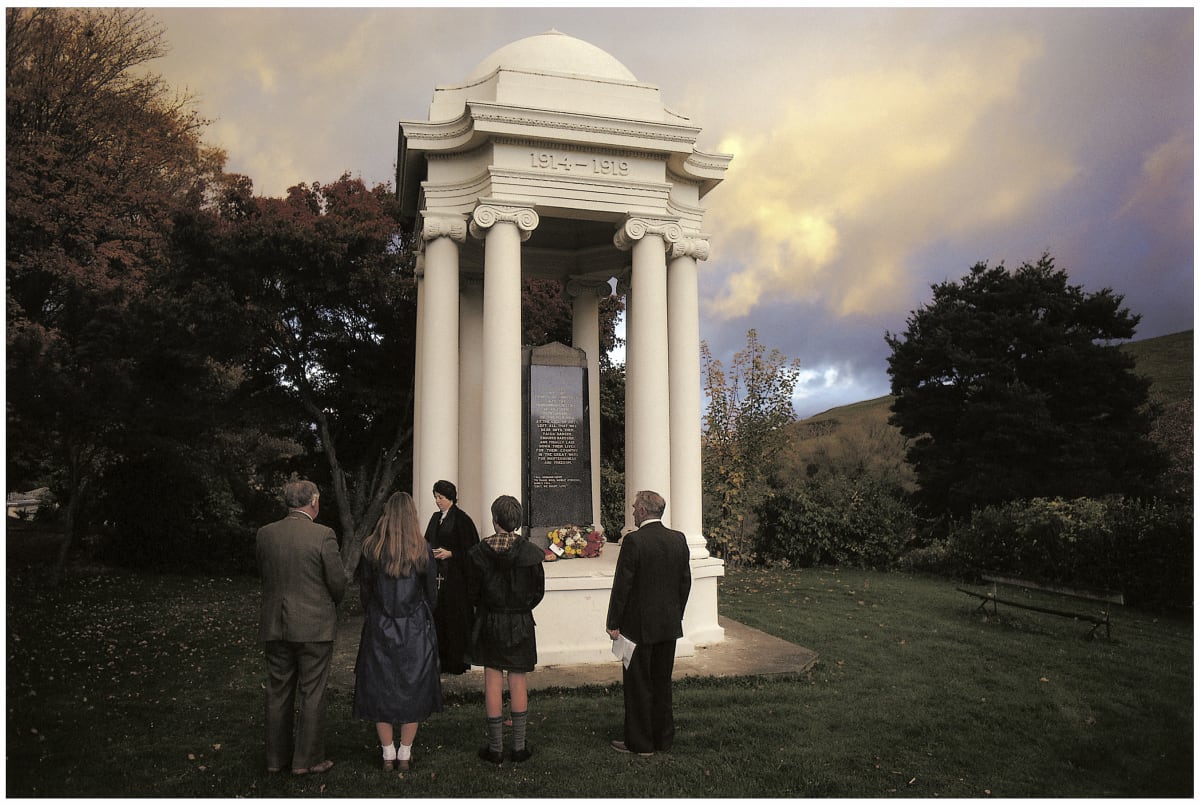
He was in love with the melancholy of stucco – pretty little fortresses crumbling in a wilderness. He had an affection for men alone – there are no dark undercurrents, nothing that makes you wonder about his portrait of a good Kiwi joker sitting all by himself in....Aramoana. Morrison (1944-1993) was tame, soft, without edges. "This island," he writes in his preface, "is usually photographed by and for those whose only visual reality is the scenic and the picturesque. The photographs in this book present an alternative view." What a snooty little statement, and it's undone by quite a few photos that are not much more than scenic and picturesque. Worse, he walks very close to mere quirkiness.
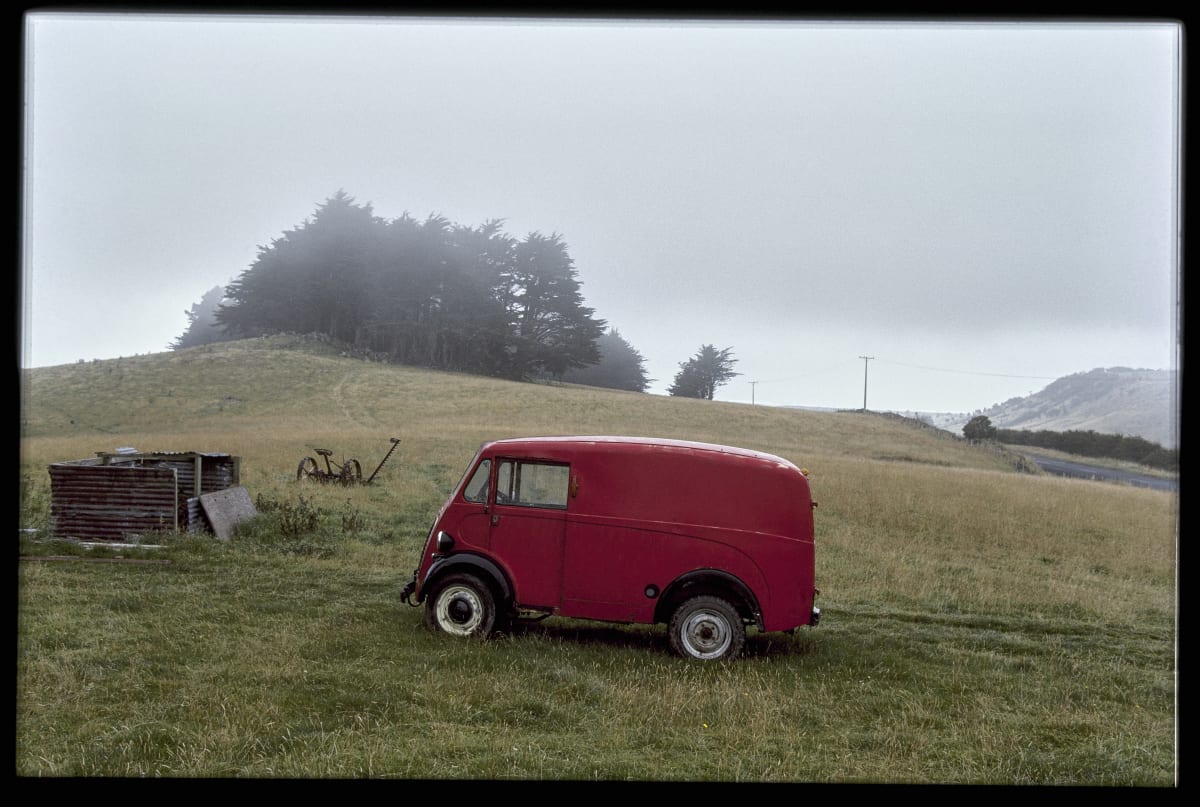
But he was an original, and he created a template. As Callan writes, "There is something called 'a Robin Morrison moment' or a 'Robin Morrison house'." The way he saw things, and his obvious warmth ("He was so very nice to people," publisher Helen Benton tells Callan), have inspired a great many professional and amateur blunderers hoping to capture an essence of New Zealandness. Of course I had Morrison in mind when I wrote my book Civilisation: Twenty Places on the Edge of the World. I travelled to boring, obscure settlements and set out to celebrate their very boringness and obscurity. Morrison was a poet of loneliness in his portrait of an old gold miner living in a tram carriage in the Lowburn camping ground, and his image of power lines in the prairies of Winton.
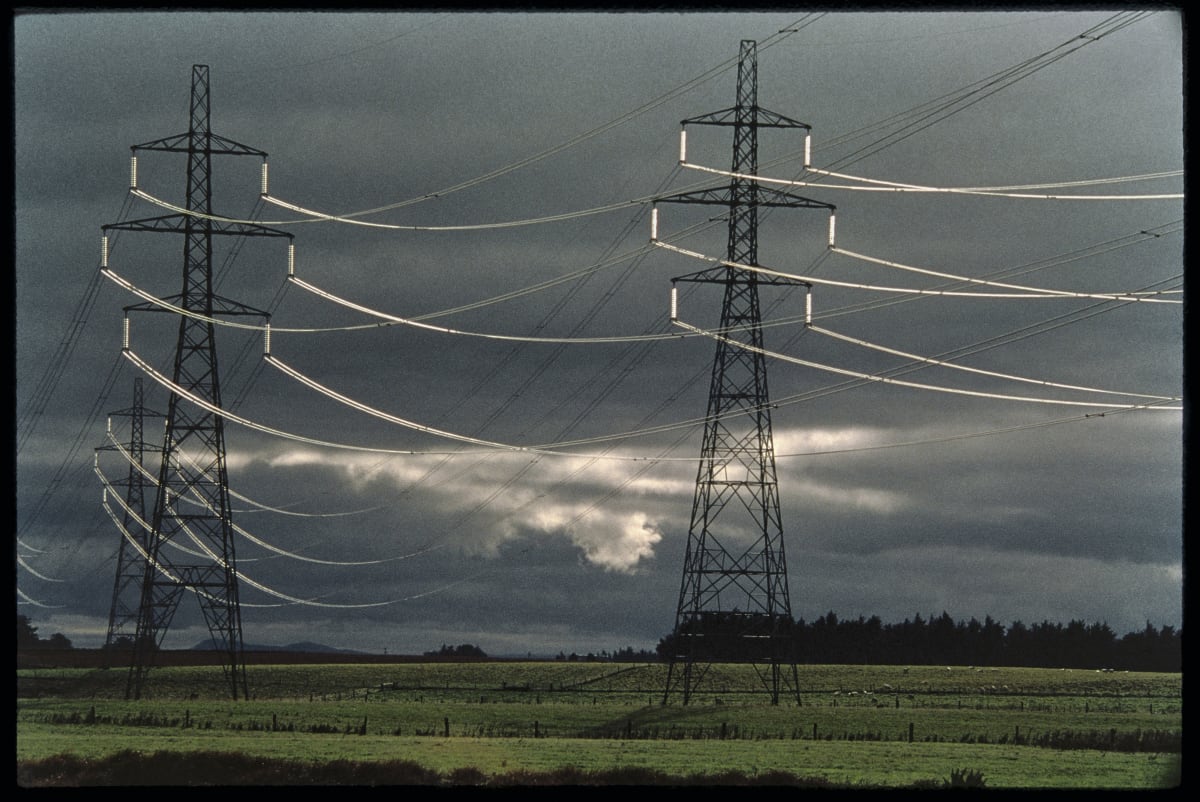
You can imitate but you can't reproduce. Morrison got there first. He made timeless art when he wandered the South Island with his wife and kids. (There's a nice afterword by his son Jake Morrison.) You can see the changing of the seasons – rain clouds above a red van parked in a field in Mihiwaka, long shadows in Waimate, golden leaves fallen in a heap in front of two goats in Cardrona. You can see a Robin Morrison moment all over the place every time you pass through the South Island's lonely acres. What a beautiful book.
The South Island of New Zealand From the Road by Robin Morrison (Massey University Press, $75) goes on sale today in bookstores nationwide. It coincides with the opening of Robin Morrison: Road Trip, a new exhibition at Auckland War Memorial Museum Tāmaki Paenga Hira, opening on Thursday (tomorrow), March 3.







